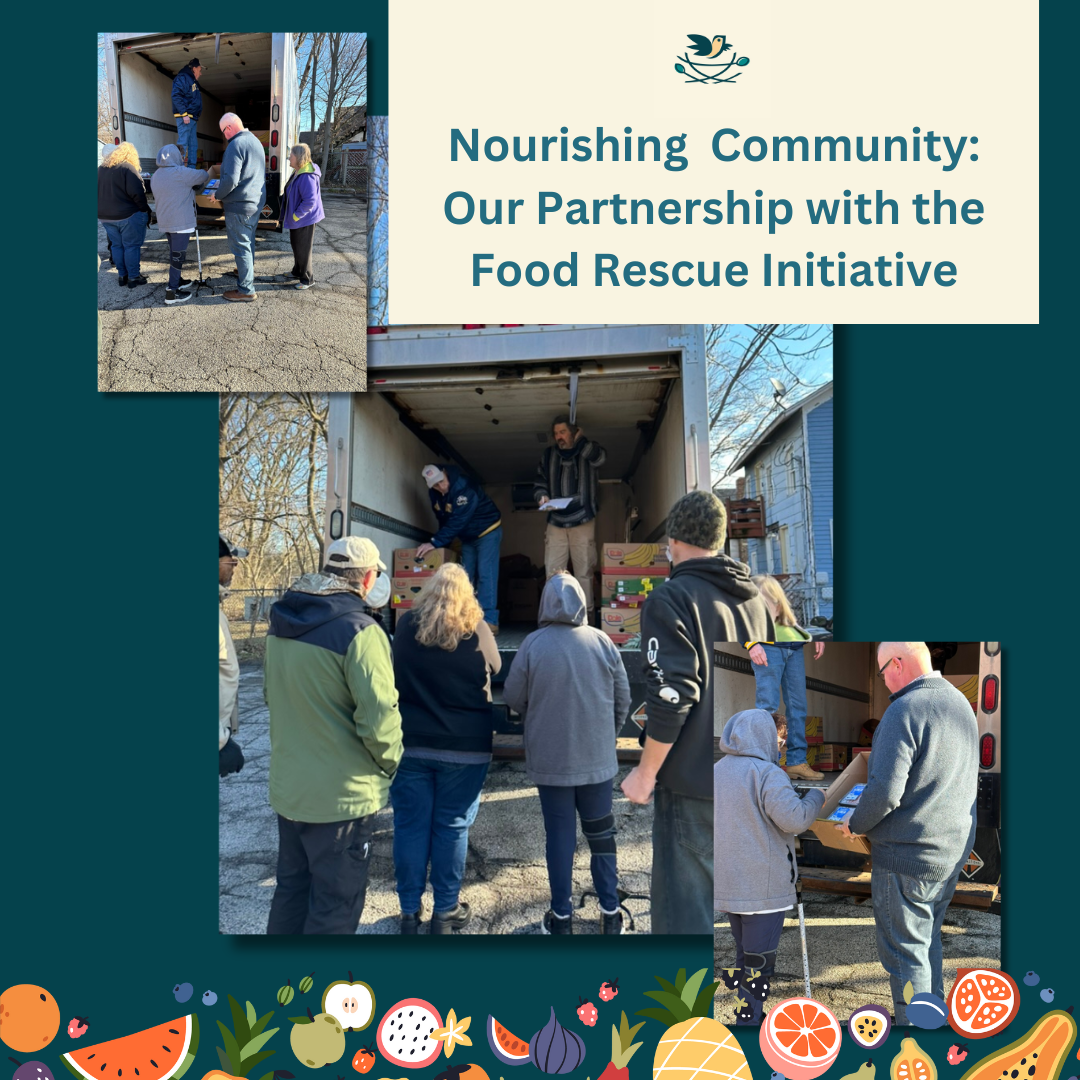
The relationship between being unhoused and impacted by substance abuse is something we see our guests struggle with commonly. The complexity of these two issues touches the lives of many within our community – homelessness and the complicated relationship it shares with substance abuse. It’s a challenging landscape, often overshadowed by stigma and misunderstanding. In the cozy confines of Nest Community Shelter, we witness firsthand the struggles of those seeking solace from both the harsh streets and the clutches of substance abuse.
Defining the Battle: Substance Abuse Disorder
First and foremost, let’s shed light on what we’re dealing with. Substance Abuse is more than just a night of revelry or a fleeting escape. It’s defined as the excessive use of psychoactive drugs, be it alcohol, pain medications, or illicit substances. When this usage spirals out of control, leading to physical, social, or emotional harm, it transitions into Substance Abuse Disorder (SUD). It’s a treatable mental disorder that affects an individual’s brain and behavior, hampering their ability to control substance use.
Societal Realities: The Prevalence of Substance Abuse in Homelessness
According to the National Coalition for the Homeless, substance abuse is more prevalent in people experiencing homelessness than in those who have the security of shelter. The reasons are complex and intertwined with the harsh realities of life on the streets. The burden of homelessness often leads to a desperate search for solace, and substances may seem like a temporary escape from the harshness of reality. While there is an undeniable connection and a higher prevalence in the unhoused population, we want to make it very clear that not every individual experiencing homelessness has an issue with substance abuse. However, the simple act of being unhoused leads to a greater likelihood of developing a substance abuse disorder.
Environmental Challenges: Limited Resources and Higher Risks
We have witnessed first-hand that In the shadows where homelessness persists, substance abuse can take root more easily. Those facing homelessness often grapple with smaller social support networks and pressing priorities like finding shelter or securing a meal, and recovery from substance abuse is put off for another time. It’s an environment that fosters vulnerability, making it harder for individuals to resist the lure of substances that offer a fleeting sense of relief and escape from their present situation while actively contributing to the status of remaining unhoused.
The Substance Abuse and Mental Health Services Administration (SAMHSA) warns of the heightened risk of overdose within the homeless population. One alarming study found that homeless individuals faced a significantly higher risk of opioid overdose, with an adjusted rate of 1.8% compared to 0.3% for low-income individuals with housing. The struggle is real, and the consequences can be severe.
Social Acceptance and Easy Access: A Vicious Cycle
In tight-knit homeless communities, there exists a level of acceptance towards substance use that may not be as prevalent in other parts of greater society. This acceptance, coupled with easy access to substances, creates a vicious cycle that becomes challenging to break, in essence trapping individuals.
As we open our doors to those seeking refuge, we understand the weight of this struggle. It’s not just about providing a warm bed or a hot meal. It’s about acknowledging the interconnected challenges and working toward solutions that address homelessness, mental illness, and substance abuse.
At Nest Community Shelter, we strive to foster an environment that encourages recovery, understanding, and rebuilding. We work closely with community partners who can provide healing and rehabilitation for our guests as they work diligently to rebuild healthy lives of their own. The road may be tough, but with support, compassion, and a collective effort, we believe that no one should be defined by their circumstances or the shadows that haunt them.
So, here at Nest, we continue to navigate the delicate dance between homelessness and substance abuse, hoping that through compassion and understanding, we can be a beacon of hope for those who need it most.



